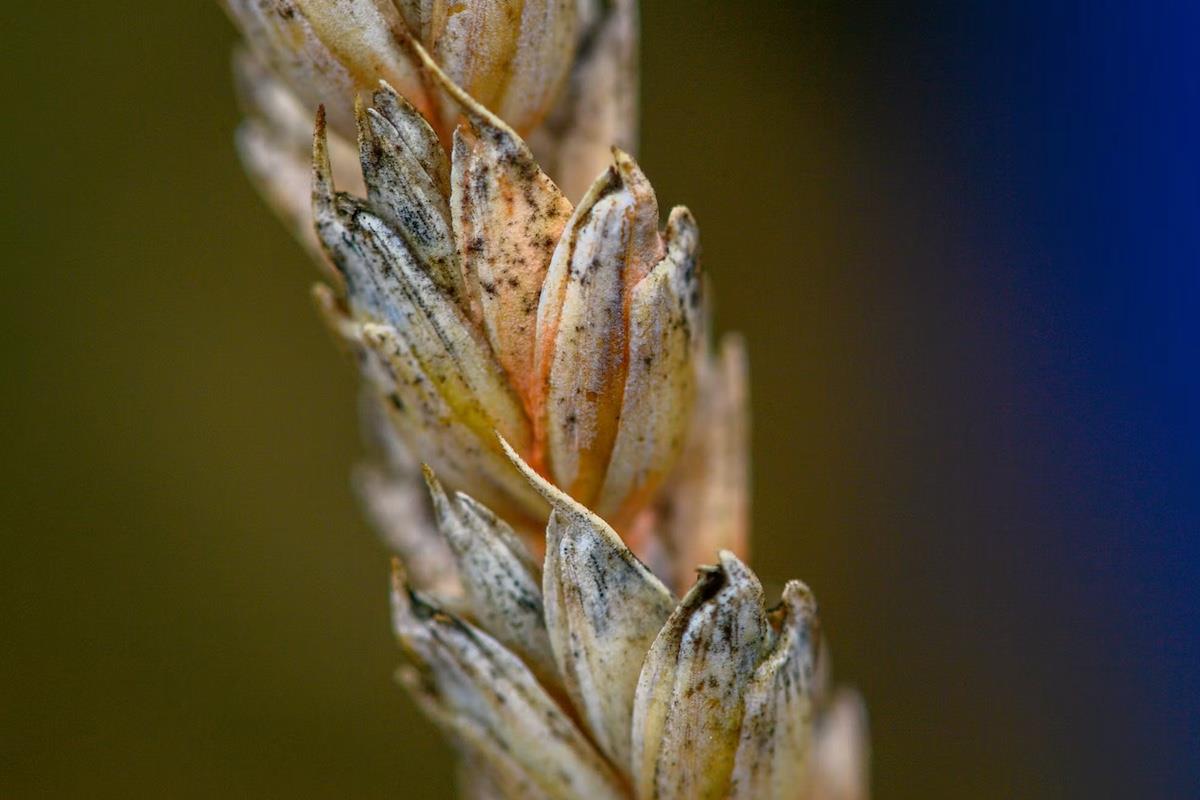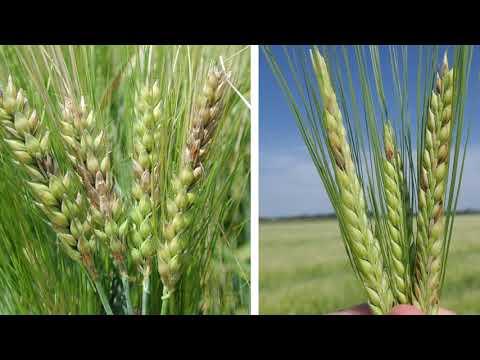
The Deadly Fungus Chinese Scientists Smuggled Into The US
Under her plea agreement, Yunqing Jian, 33, was sentenced to time served and expected to be deported. She wrote in a statement for the court that she was working on ways to protect crops from disease.
Her arrest put a spotlight on Fusarium graminearum, a harmful pathogen. But while its risk to grains such as wheat, corn and rice can be alarming, Fusarium isn't new to American farmers. The US Department of Agriculture estimates it costs wheat and barley farmers more than US$1 billion a year.
Tom Allen, an extension and research professor of plant pathology at Mississippi State University, explains what Fusarium graminearum is and isn't.
What is Fusarium graminearum?Fusarium graminearum is a common fungal plant pathogen that creates problems for farmers across the US.
It causes a disease in barley and wheat called Fusarium head blight, or scab. It can also damage rice and rot corn ears and stalks. In severe cases, scab could cut a farm's yield by 45%.
Fusarium graminearum infection on wheat and corn. Martin Chilvers/Michigan State University
Scab has been responsible for some of the greatest annual crop losses in the US. In 2024, estimates from extension and research plant pathologists suggested scab reduced the US wheat crop by approximately 31 million bushels or roughly 2%.
When compared with other wheat diseases that harm the head and kernels, scab is by far the most concerning because it occurs across wide areas and affects the crop at advanced growth stages.
Why is Fusarium graminearum a concern?As a plant pathogen, the fungus responsible for scab produces a mycotoxin in grain that can harm humans and livestock. In addition, when wheat grain used for seed is infested with the fungus, the seeds are less likely to germinate and produce new plants in the next growing season.

Legal Disclaimer:
MENAFN provides the
information “as is” without warranty of any kind. We do not accept
any responsibility or liability for the accuracy, content, images,
videos, licenses, completeness, legality, or reliability of the information
contained in this article. If you have any complaints or copyright
issues related to this article, kindly contact the provider above.
























Comments
No comment